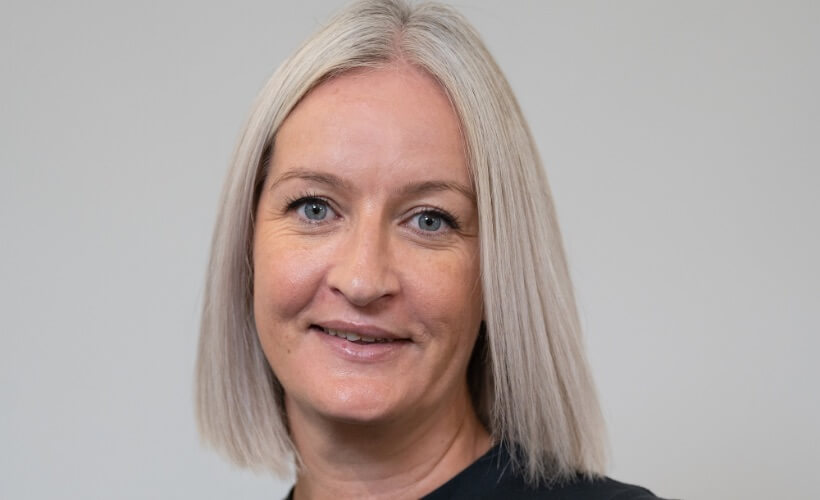Sarah Yeats, managing director, Sledge, explains why internal events in 2024 and beyond must be meaningful and personal.
A few years ago, when it came to a company’s mid and end of year celebrations, dinner, drinks and entertainment would do the trick.
Likewise, conferences to kick off the year, which featured a session here and there, and ‘bonding’ over beverages, got the ‘a-okay’.
There’s been something simmering under the surface of late, though. Whether it’s the evolving world of work in a post-pandemic world, the great resignation, or the rise of quiet quitting, one thing is for sure: employee expectations have changed.
The role of the employer and the agency
This relates to how and where they work, reward and recognition, company culture, and career growth and progression, among others. Workday’s Peakon Employee Voice survey, for example, reveals that growth is one of three drivers that characterise highly engaged organisations.
It ultimately means that this shift should be reflected in the events their employers plan and host for them, too.
This requires taking a deeper dive into not only employee personas, but each team member on an individual level, and adopting a more strategic approach, by asking the ‘why?’ behind the event. This is not only in terms of why it’s happening, but elements such as its format, content and speakers, location and overall design.
From an event industry perspective, it’s where we can step in, conduct the analysis and the research, and utilise the quantitative and qualitative data, as well as first hand conversations with team members, to change up how these internal conferences, events and meetings are produced and held.
Hosting events with less booze and more meaning
Once this understanding of employees’ unique wants, needs and expectations has been unearthed, it’s time to put the learnings into practice.
Consider how the format can be evolved – perhaps smaller, more frequent get togethers are more effective, or, maybe fewer keynotes and an increased number of ‘choose your own adventure’ style breakouts are what will resonate.
Either way, ensuring they are delivered and facilitated by not only the c-suite, but those of various seniority levels, and from different departments, can encourage interaction and Q&As, and drive increased engagement.
Venue selection is also important. Shifting away from traditional spaces, such as conference halls, hotels or bars, and exploring immersive environments, or less formal locations, can encourage more open communication.
Importantly, team bonding doesn’t have to equate to drinks. Many of us are more socially and environmentally conscious today, and so volunteer days, sessions, or ongoing partnerships with local charities may be one to explore.
Likewise, bringing people together for brainstorming and hackathon style sessions to solve the big issues, whether internal, external, or both, can naturally empower and enhance collaboration.
When it comes to internal events, the key to success lies in remaining attuned to team members in a more personalised way, and recognising that just as the world around us is constantly evolving, so too are they. Shaping experiences around this can result in more meaningful meetings and events, and a more fulfilled and motivated workforce.





















